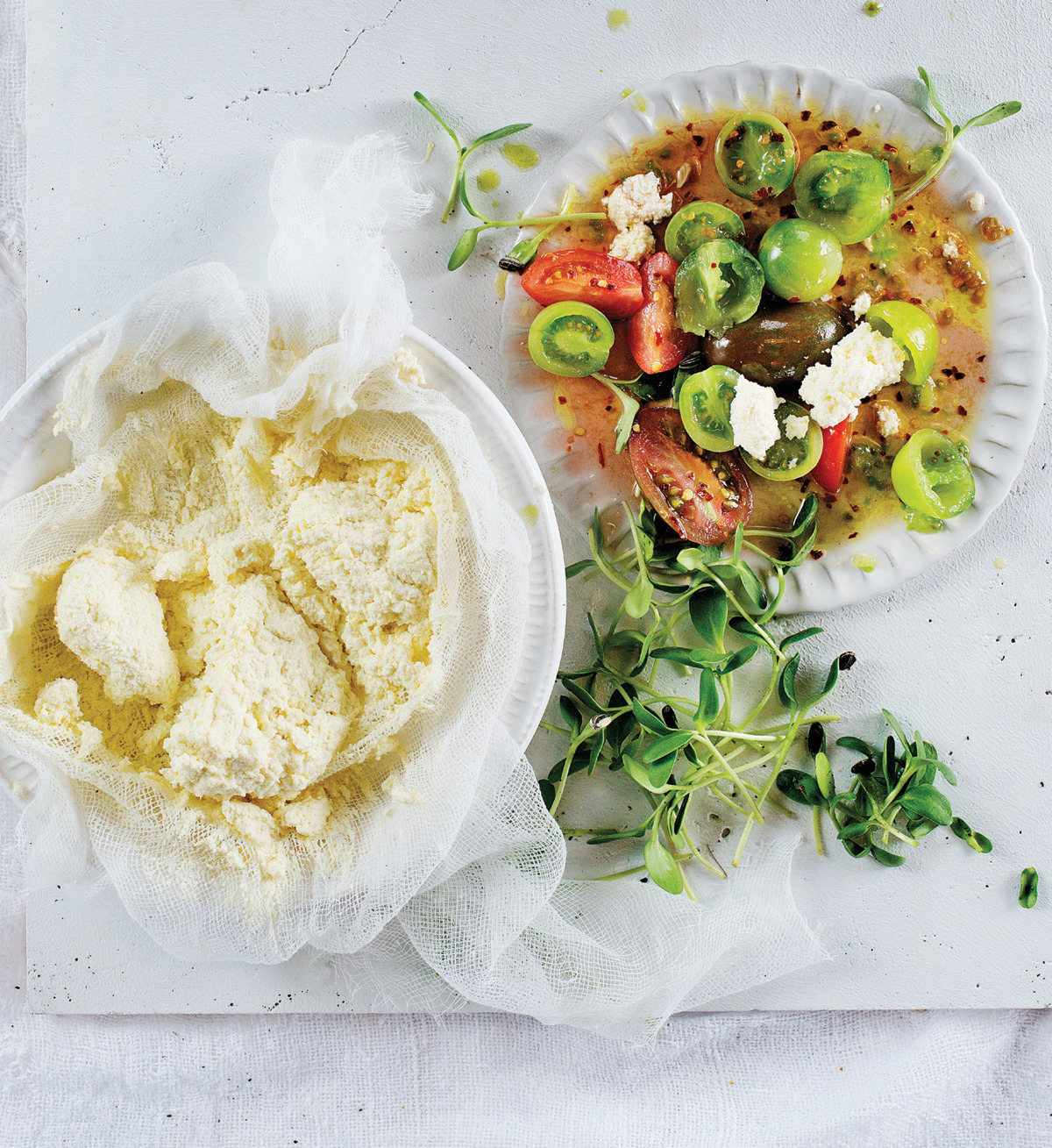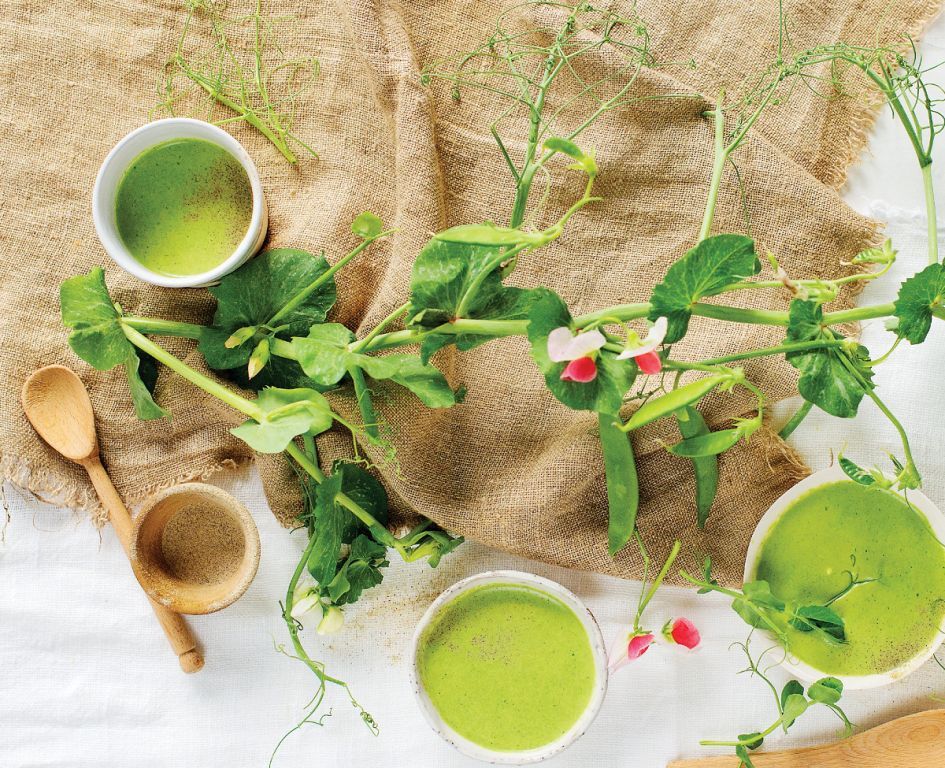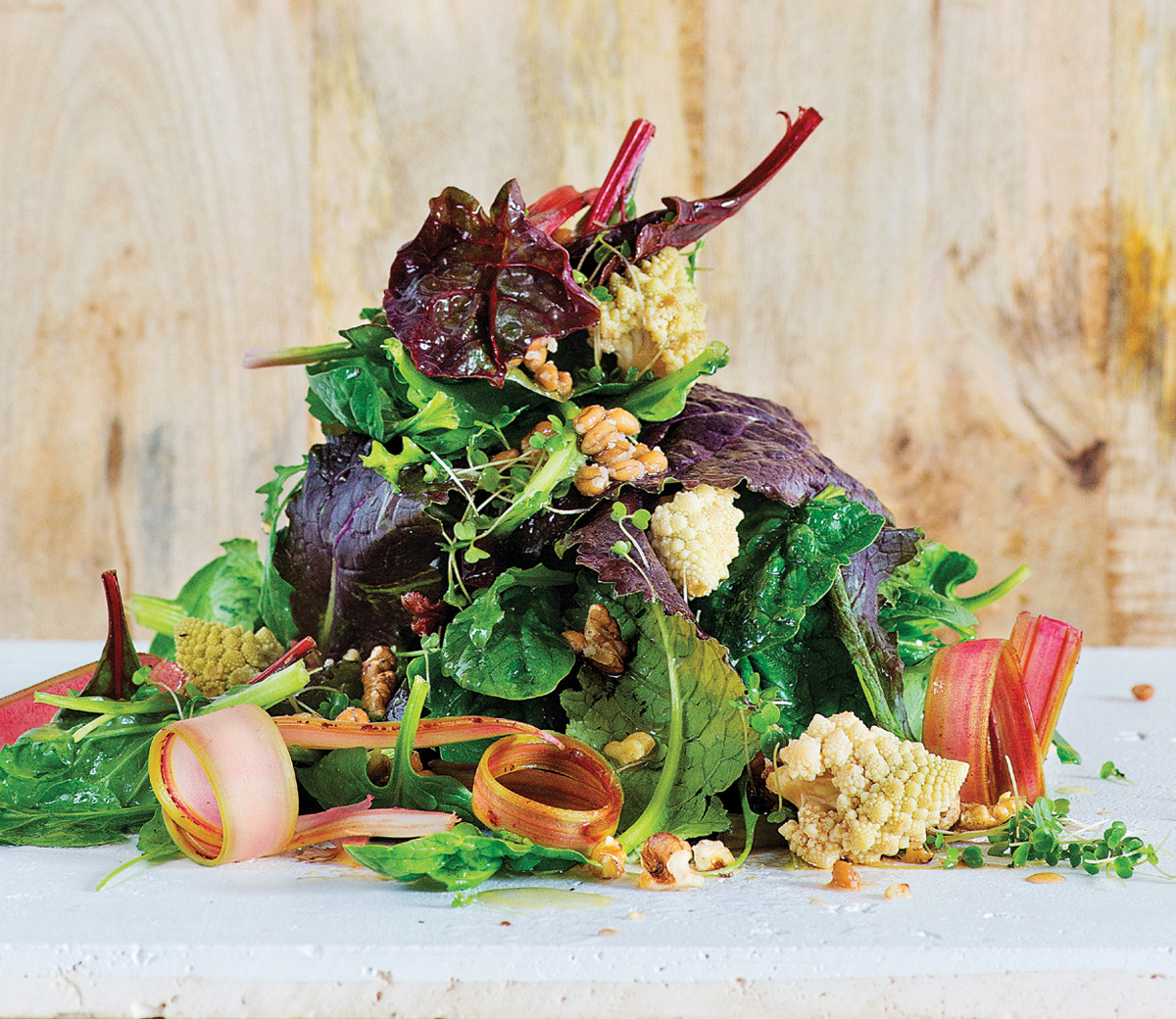10 ways to start afresh this year
So the world is officially crazy for all things organic, sustainable, and health-conscious. There’s a new breed of restaurateurs, bloggers, chefs and writers who are changing the way we eat and cook and shop. The best part? It costs a whole lot less than you think (fresh produce is cool that way)
This is really happening, everywhere.
Everything about this fresh way of eating starts with fresh produce, carefully selected, simply prepared. Green juice, forgotten vegetables, meatless mains – and could there be a better time to get on your good-food journey than a new year? Obviously not.
Start with these basics for cleaning up your act and, before you know it, eating this way will be more than just a good habit, it’ll be your way of life.
- Eat plenty of fresh fruit and colourful veg (the brighter the better)
- Don’t skimp on quality proteins, wholegrains and healthy fats
- Do cut back on re fined sugar (yes, that includes alcohol) and processed foods
- Cook your meals from scratch
- Buy locally grown produce (preferably organic)
- Shop seasonally (avocados cost more out of season. Fact.)
- Read the ingredients on labels – especially sauces and dressings – and be discerning.
So what are you left with? Beautiful, flavourful, simple ingredients that fill you up and come with a host of life benefits – you may just find yourself sleeping better, feeling less stressed, more balanced and full of energy. Which is never a bad thing.
1. EAT THE RAINBOW

There’s always room for another veg dish. Especially one that showcases the beautiful colours, textures and flavours of organic baby potatoes and radishes. Leave the (well-scrubbed) skins on your rainbow veg where possible for extra fibre, which will make you fuller for longer
Try: Organic baby potatoes with caper lemon cream
2. DON’T BE A DAIRY DETRACTOR
Make like US chef Dan Barber and rise and shine with a beetroot (or sweet potato, parsnip or carrot) yoghurt. Abi’s visit to his Stone Barns Center (stonebarnscenter.org) inspired this beetroot yoghurt recipe.
“The hint of natural sweetness in these root veg means you don’t have to use sugar, and the beautiful natural colour is also a reminder that we don’t need artificial colorants in our food – keep what you eat as simple and "pure" as possible.
Save your beet leaves. Beetroot greens are slightly bitter (a little like chard or spinach). They contain calcium, iron and vitamins A and C. Use them fresh in salads or wilt, as you would spinach.
Try: Beetroot set yoghurt
3. Eat your (leafy) greens
We’ve all been bowled over (literally) by kale (see this "kabbouleh" salad), but all green, leafy vegetables are nutritional superstars that can upgrade any meal. Spinach, kale and broccoli contain folate, which helps the body form red blood cells. Blanch them. Sauté them. Or stir-fry in butter and pile on this frittata.
Try: Organic Bright Lights frittata
4. Make your food from scratch
“Artisanal” is big in the food world for good reason: make something from scratch and you’ll find yourself taking more interest in the quality of ingredients you’re using and connecting more with the origins of your food. It doesn’t have to be time-consuming. This super-easy ricotta recipe is exhibit A in the case for making your own cheese. Serve it at your next lunch party with a salad of seasonal tomatoes (heirlooms if you’re lucky), a spicy-tangy-smoky dressing and your best smug expression.
Try: Home-made ricotta cheese with exotic tomato salad
5. Veg out
“Eat food. Not too much. Mostly plants.” Food activist and author Michael Pollan’s famous words from his book, The Omnivore’s Dilemma, have never been more resonant than they are now. “Veggie dishes are a major focus on many restaurant menus in the States right now,” says Abi of her eight-course meal at the famous Nebo Lodge Turner Farm (nebolodge.com) barn dinner in Maine. Four of the eight courses were vegetarian, including this pea tendril soup. “My family and I have committed to eating three simple vegetarian dinners every week. You only need five basic ingredients to enjoy the bright, clean flavours in this dish.”
Pea tendrils – also called pea shoots – are the young leaves, stems, vines and flowers of a pea plant. All parts of the plant are edible. Woolies sells pea shoots in, you guessed it, spring.
Try: Pea tendril soup
6. Discover the sweet(ish) truth
How’s this for a healthy(ish) cake? Made with nut flour (Yes! No gluten!), flavoured with turmeric and sweetened with sweet potato, dates and raisins, it’s utterly craveable. It’s also one of the moistest cakes you’ll ever bake. One slice could change your palate for good.
Abigail calls the date “butter” in this cake “nature's caramel”. Use it as an alternative to icing sugar or butter.
TRY: Sweet potato-and-coconut cake with date "butter"
7. CHEAT A LITTLE (IT’S ABOUT BALANCE)
Nothing says abundance like a rustic pie made with thick, crumbly pastry and packed with seasonal fruit (berries, citrus, rhubarb) for maximum sweetness. A tradition in Maine, the TASTE office and now your house. Any time.
8. Waste not
Practise the nose-to-tail (or root-to-leaf) principle by discarding no part of your vegetables and you’ll discover a new world of textures. “Root veg can be roasted roots, leaves and all, with just good olive oil and salt to bring out the flavour,” says Abi. You can also save the stems of Swiss chard, beetroot, broccoli, cauliflower and fennel to add texture and flavour to any sauté. And always chop herb stems (parsley, coriander, basil) along with the leaves.
Try: Roast baby turnips
9. Go for grains
Wholegrains are incredibly versatile and a great building block for meals. Cook a big batch to use throughout the week in soups, salads with beautiful leaves and vegetables (like this one inspired by The Lost Kitchen, thelostkitchen.tumblr.com) and grain bowls. They’ll take you from a feel-good breakfast to an office lunch and a satisfying midweek supper. Just add veg, seeds, sliced chicken and a simple dressing.
Try: Organic baby leaf salad with pickled Romanesco, spelt and roasted walnuts.
10. A pop of colour
Phosphates, which originated in the 1950s during the American soda fountain era, are making a comeback. We’re not complaining. Celebrate spring with the tart, sherbetty flavours of this refreshing naturally fizzy soda sweetened with agave. Add a shot of rum for an on-the-sly cocktail. No-one’s judging.











Comments